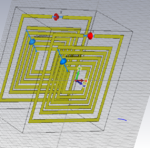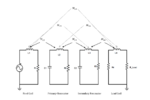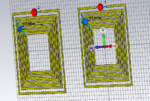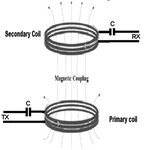wfywfy1201
Newbie level 4
Hi,
I have already designed four coils on CST, which are power coil, TX coil, RX coil and load coil. However, I cant get the simulation result.
I created the RF template and choose wire option. Then, I created a substrate with the material FR-4(lossy). On the substrate, I created a rectangular copper and finally made a coil based on that. At the two ends of the coil, I added a capacitor to tune the circuit. In the outer of the coil, I created another coil to be power coil. Also, I added a discrete port at the power coil. Then, I copy this coil to make the other pair. When I start the simulation, the software told me that it will use a lot of time. So it cannot continue to get the final simulation result.
I have already designed four coils on CST, which are power coil, TX coil, RX coil and load coil. However, I cant get the simulation result.
I created the RF template and choose wire option. Then, I created a substrate with the material FR-4(lossy). On the substrate, I created a rectangular copper and finally made a coil based on that. At the two ends of the coil, I added a capacitor to tune the circuit. In the outer of the coil, I created another coil to be power coil. Also, I added a discrete port at the power coil. Then, I copy this coil to make the other pair. When I start the simulation, the software told me that it will use a lot of time. So it cannot continue to get the final simulation result.




